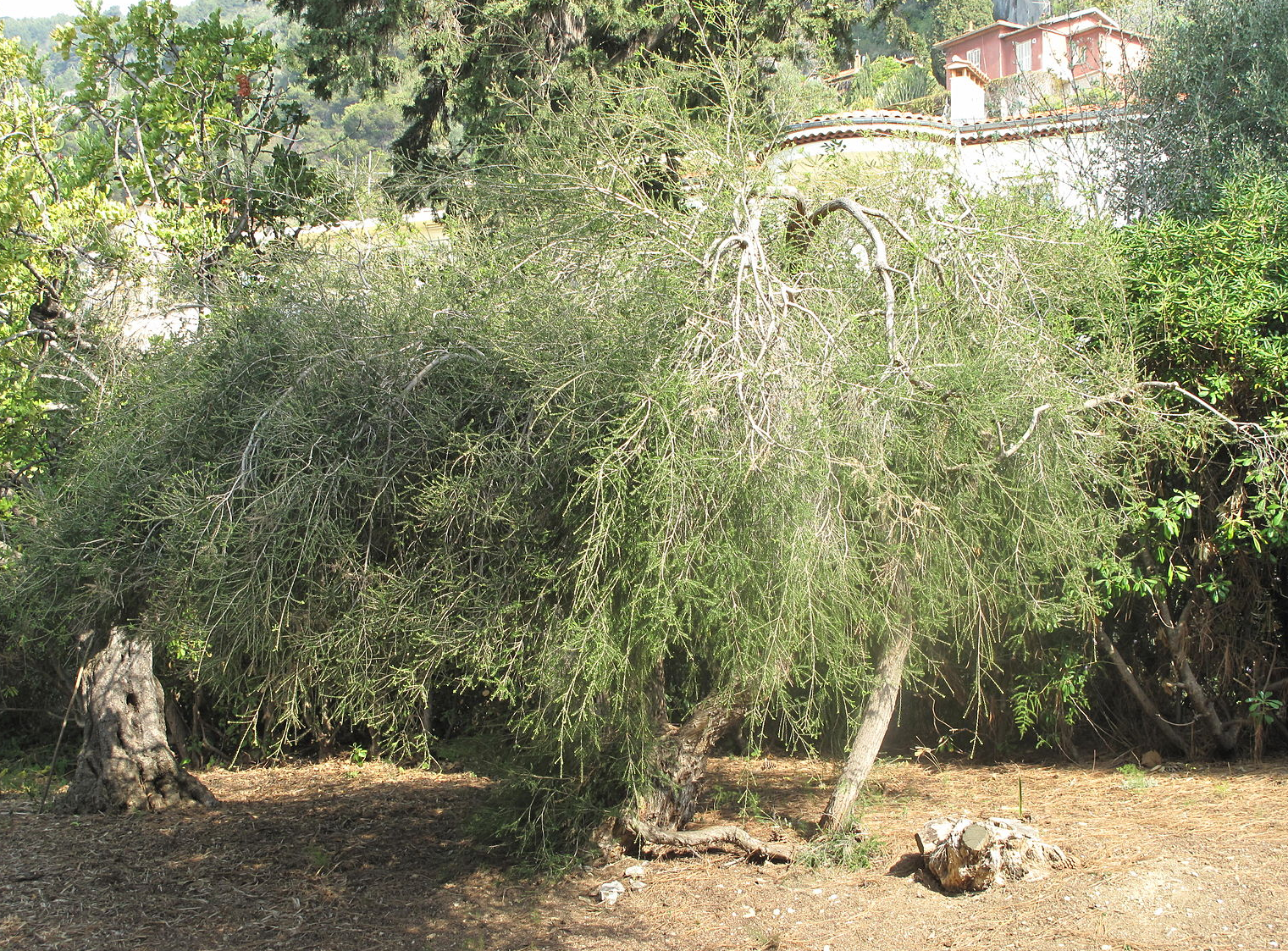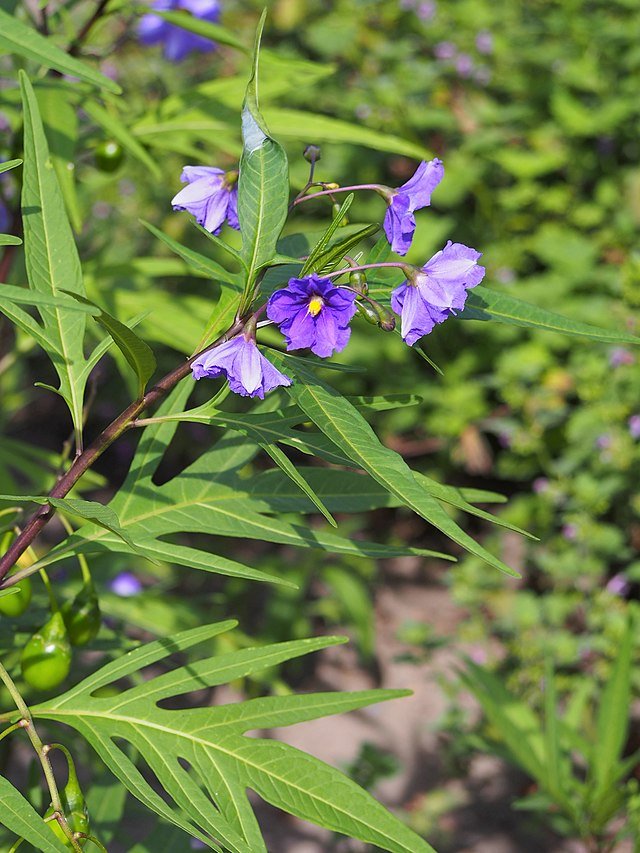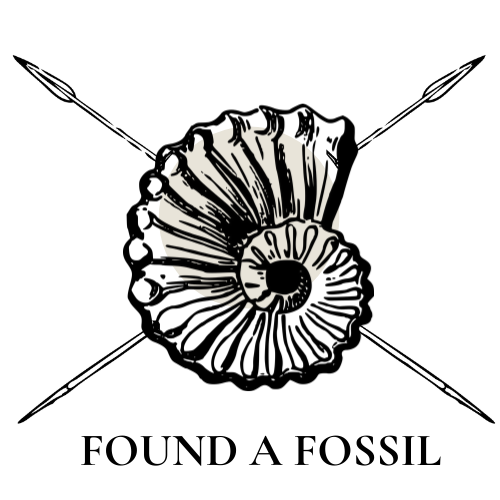How do Indigenous Australians use Bush Medicine to Heal the Sick?
Aboriginal people have walked the sweeping plains of Australia for over 65,000 years, making them the oldest surviving culture on the planet.
There are over 500 known Aboriginal tribal groups that span across Australia - each with their own unique beliefs, languages, spiritual stories and medicinal practices.
But one thing unites them all - the fundamental belief that the land upon which they live is deeply sacred, and must be cared for.
All First Australians have a deep connection to Country, both physical and spiritual. Their way of life centers around utilizing and sustaining the land’s natural resources, so that the people of today AND of tomorrow can benefit from its riches.
Over generations, this intimate understanding of the value of Australian flora has enabled Aboriginal tribal groups to make the most of the natural resources around them in many beneficial ways - not just for food, but also for tools, clothes, medicine, and more.
After 65,000 years, Aboriginal people must have the most comprehensive and encyclopaedic knowledge of every native plant in their region, and how they can be used to treat illnesses.
This impressive knowledge has been passed down orally through many generations.
However, up until very recently, access to this knowledge was limited, as it was not written down by Indigenous peoples. There has also historically been a disconnect between First Australians and Western peoples (not surprising, due to the negative impacts of Western colonisation on Indigenous Peoples and their way of life), making it even more difficult to support a flow of information between the two cultures.
Now, as the modern age of the internet comes rolling in, it has become easier and more important than ever to share this knowledge with a wider audience. Now, non-Indigenous people have been given the opportunity to learn about the ‘medicine plants’ of the Australian outback, and gain a greater appreciation and respect for the Indigenous people and their culture, including the land they hold so dear.
For those of us who live, work and walk on the land of Indigenous Australians, it is incredibly important that we respect their land and the natural resources it contains, because we all have a part to play in sustaining it for generations to come, just as Aboriginal people have done for thousands of years. Understanding why the land is so important to Aboriginal people will help to start discussions about why it should be important to all Australians, and why we ALL need to look after it.
So what Australian plants are “medicinal miracles” to
Indigenous peoples?



~ Gumbi Gumbi ~
This small tree, recognisable from its orange fruit and star-shaped yellow flowers, is common all over inland Australia, even in the most arid regions. It is incredibly versatile in its medicinal uses, with the fruits, seeds and leaves all containing healing properties. A paste made from the fruit / leaves can be used to treat colds, eczema, muscle aches, coughing, and many more conditions. The leaves can be applied topically for wound healing, and can even be used to stimulate lactation. A tea brewed from the leaves also has a range of benefits, namely supporting digestive health.
Emerging scientific research on the Gumbi Gumbi plant is showing strong support for these traditional uses of the plant - it contains various well-known anti-inflammatory, antioxidant and antiviral compounds.
Remarkably, some Indigenous people have even shared anecdotes claiming this plant has been used to treat some cancers. Research into this is ongoing - as of yet, there has been no significant scientific conclusions to support this.
Despite the wondrous healing properties of this plant, there are several varieties of Gumbi Gumbi that are actually toxic to humans if ingested - however, Aboriginal people are able to easily distinguish the medicinal plants from the malicious ones.
~ Tea Tree ~
This well-known Australian plant is commonly found in swampy regions along the east coast of Australia. In Western medicine, the leaves of the tea tree plant can be distilled to produce tea tree oil extract - a common find in the average person’s medicine cabinet. This serum has powerful antiseptic properties, making it ideal for wound cleaning / healing.
However, Aboriginal peoples have been using tea tree leaves for thousands of years, creating poultices to treat wounds, skin blemishes and fungal infections. The crushed leaves also release a vapour that is highly effective at relieving coughing, headaches and colds. This remedial vapour has been utilised to make herbal teas, which are very soothing for a sore throat.
~ Kangaroo Apple ~
The Kangaroo Apple plant, with its bright purple flowers, is widely distributed throughout the colder regions of southeastern Australia. When ripe, the small orange/red fruits of this plant can be eaten, however they are toxic when unripe (green).
The Indigenous groups that lived in southeastern Australia often crushed up this plant to make a poultice, which was applied topically to ease swollen, aching joints, as well as to treat skin blemishes and scarring. The leaves and fruits of this plant were also traditionally brewed to make a contraceptive tea.
Scientific studies support the medicinal use of this plant, because it was found to contain a natural anti-inflammatory steroid.
Because of this, Kangaroo Apple is now used commercially to produce cortisone, a man-made steroid similar to cortisol (which the body produces naturally). This drug is used to treat inflammation and swelling, especially in the joints. The natural steroid in the Kangaroo Apple has also been shown to be an effective contraceptive compound - something which Indigenous peoples have been aware of for many years.
The immense respect and knowledge that Indigenous Australians have for the land on which they live is truly remarkable.
Many of the medicinal remedies they have been using for thousands of years, have only recently begun to be studied by Western medicine - now these studies are revealing these plants DO indeed possess important compounds for healing, particularly anti-inflammatory compounds and antioxidants.
Some bush remedies, like tea tree oil, have even bridged the gap between traditional medicine and modern medicine, and are now widely used by people of both groups.
The First Australians may not have known the chemical composition of each plant in the Aussie outback, but they certainly understood which ailments could be treated with which plants - and when someone falls ill in the outback, that is a very valuable piece of knowledge to have.
Understanding the science behind these traditional medicinal practices may even be able to inform Western practices in the future, leading to a collaboration of knowledge and a deeper respect for the Aboriginal peoples’ way of life moving forward.
How’s that for medicinal magic?
Resources & Further Reading:
Agatonovic-Kustrin, S., Gegechkori, V., & Morton, D.W. (2021). The effect of extractive lacto-fermentation on the bioactivity and natural products content of Pittosporum angustifolium (gumbi gumbi) extracts. Journal of Chromatography A, 1647, 462153.
Australian Government Department of the Prime Minister and Cabinet. 2018. Celebrating Indigenous Cultures. Accessed 20 April, from <https://www.pmc.gov.au/sites/default/files/reports/closing-the-gap-2018/celebrating-indigenous-culture.html>
Critchley, C. 2018. The endurance of bush medicine. Pursuit: University of Melbourne. Accessed 21 April 2022, from <https://pursuit.unimelb.edu.au/articles/the-endurance-of-bush-medicine>
Cromb, N. 2017. 10 bush medicines that have been curing people for generations. NITV. Accessed 17 April 2022, from <https://www.sbs.com.au/nitv/article/2017/05/25/10-bush-medicines-have-been-curing-people-generations>
Harley, J. 2017. Tea tree oil: an insight on the Aboriginal bush medicine. Nature Going Smart. Accessed 18 April 2022, from <https://naturegoingsmart.com/tea-tree-oil/>
Jamie, J.F. (2020). Macquarie–Yaegl partnership: community capability strengthening through Western and Indigenous science. Australian Journal of Chemistry, 74(1): 28-33.
Jones, G. 2014. Indigenous Medicine - a fusion of ritual and remedy. The Conversation. Accessed 18 April 2022, from <https://theconversation.com/indigenous-medicine-a-fusion-of-ritual-and-remedy-33142>
Kamenev, M. 2011. Top 10 Aboriginal bush medicines. Australian Geographic. Accessed 17 April 2022, from <https://www.australiangeographic.com.au/topics/history-culture/2011/02/top-10-aboriginal-bush-medicines/>
Konstantakos, E. 2020. What is Cortisone? Arthritis Health. Accessed 21 April 2022, from <https://www.arthritis-health.com/treatment/injections/what-cortisone>
Korff, J. 2021. Meaning of land to Aboriginal people. Creative Spirits. Accessed 17 April 2022, from <https://www.creativespirits.info/aboriginalculture/land/meaning-of-land-to-aboriginal-people>
Maher, P. 1999. A review of ‘traditional’ Aboriginal health beliefs. Australian Journal of Rural Health, 7(4): 229-236.
Reconciliation Australia. 2022. Share our pride: our shared history. Reconciliation Australia. Accessed 19 May 2022, from <https://shareourpride.reconciliation.org.au/sections/our-shared-history/>
Simpson, B.S., Claudie, D.J., Smith, N.M., McKinnon, R.A. & Semple, S.J. 2013. Learning from both sides: experiences and opportunities in the investigation of Australian Aboriginal medicinal plants. Journal of Pharmacy and Pharmaceutical Sciences, 16(2): 259-271.
Amber Dickson is a third year medical science student at Macquarie University. Under the supervision of Sally Hurst, founder of Found a Fossil, Amber undertook a practical experience subject as part of her studies which aims to give her science communication and event planning skills. Amber chose to take a step away from medical sciences, and has joined Sally in delving into the mysteries of the past, with this being her first time researching and presenting about topics regarding Australian heritage.
This work was submitted as part of a Professional and Community Engagement (PACE) subject and internship with Found a Fossil in conjunction with Macquarie University for the Australian Heritage Festival.







